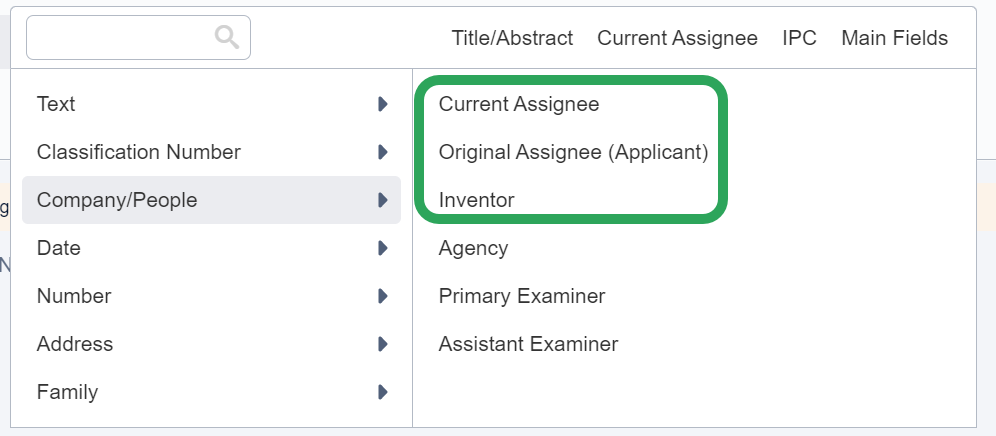
When approaching the issue of patent ownership, it would be expected to surmise that an inventor listed on a patent would automatically be the owner of that patent. The reality is that this is not always the case.
In many jurisdictions, there is a clear difference between a patent inventor, and a patent owner or assignee.
By law, an individual can be the inventor of any particular invention; but by being the inventor, it would not mean they are the owner of that patent or have patent rights.
Also, by law, the ownership of a patent can be changed from an individual or the inventor to a company.
Many companies in the technology sector and beyond have employment contracts for inventors that include an agreement that any inventors' patent-rights would automatically belong to the company for the entirety of their contract. In the case of a few large companies, this agreement on patent-rights can extend for a period of time even after the inventor or employee has left the company.
If a company decides to be the assignee/owner of a patent before they have built up a decent portfolio in the area they are looking to bring innovation to, things could get complicated in the form of their competitors putting up a Patent Fence around that technology area; filing a case for patent infringement against them; or even adopting reverse engineering to discover the secrets behind a patented technology.
To avoid these risks, companies can decide to take advantage of their employee patent-rights contracts and the local law, to ensure that any inventors under their payroll put their names down as assignees for applications or new patents into a whitespace area first. This is done to throw any intrigue off from other companies or entities into whatever projects the company are working on.
At a later stage, that same company may agree to have the assignee name change from the inventor's name to the company's name. This is done via a simple process called patent ownership change. In the case of some Patent and Trademark Offices like the USPTO in the United States, this could be done via an online form on their website. Once the stage a company does this, they would have a strong enough portfolio to enforce their patents.
Knowing this, the patent landscape is filled with patents that belong to inventors, but not companies, only to have the assignee changed to a company name later.
When using CAS Scientific Patent Explorer, it is possible to search for patents by the assignee or inventor. This is seen in the Field search section, with the following fields:

There is the Assignee Name and the Inventor name, which could either be entered to reflect:
Current Assignee: The assignee who currently owns the patent. This mostly happens via a process of applying to change the patent ownership.
Original Assignee (Applicant): The assignee who originally owned the patent.
Inventor: The name of the inventor.
Depending on the jurisdiction, the patent may also show any assignee transfers as well as the third-party information linked to that patent (patent attorneys, agencies, examiners) that can give an indication as to the current assigner or ownership of that patent.
When approaching the issue of patent ownership, it would be expected to surmise that an inventor listed on a patent would automatically be the owner of that patent. The reality is that this is not always the case.